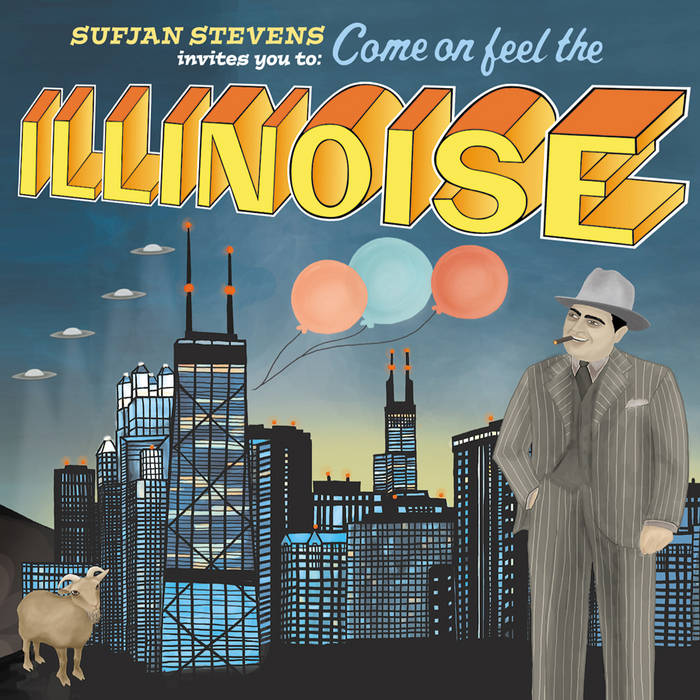Oscars or porn? This was the dilemma I faced last Saturday afternoon at Landmark’s Century Centre Cinema. Did I want to see Born Into Brothels—the examination of children born in Calcutta’s red light district that would go on to win an Oscar roughly 24 hours later—or Inside Deep Throat, an insider’s look at 1972’s Deep Throat, the most profitable and infamous porno film in history?
In the end, I didn’t have to make a decision. I paid for the 1:30 showing of Inside Deep Throat, saw it, then skulked around the theater until 3:30, when it was time to see Born Into Brothels for free. Never let anyone tell you that crime doesn’t pay.
As a cultural artifact, Inside Deep Throat is pretty impressive. Before the opening credits alone, we hear sound bytes from a whole stable of celebrities, most of whom can be divided into pairs: cultural critics (Camille Paglia, Erica Jong), literary powerhouses (Gore Vidal, Norman Mailer), porn auteurs (Larry Flynt, Hugh Hefner), and countercultural filmmakers (John Waters, Wes Craven.) Craven even admits to having worked on porno films as an entry-level job into show business. No one can accuse the filmmakers of not having done their research.
It’s where the rhetoric comes in that Inside Deep Throat becomes problematic. Although the film posits an argument that I agree with—one that may be most succinctly summarized by, “Relax, it’s only sex”—the discussion never ceases to feel rigged. The most disturbing aspect of the Deep Throat phenomenon is this quote from star Linda Lovelace, part of a congressional testimony from the ’80s (the film is fuzzy on dates), in which she says, “Virtually anytime someone sees the movie Deep Throat, they are watching me getting raped.”
But are they? Inside Deep Throat never finds a satisfactory answer to that question. Its discussion of the feminist backlash against porn should focus primarily on Linda, but it doesn’t—Lovelace died from injuries sustained by an automobile crash in 1997. This is hardly the filmmaker’s fault, and they try to compensate by including interviews from Linda’s sympathetic friends and family.
But in the end, the most compelling portion of the argument is provided by archival footage (for example, Linda at that aforementioned congressional testimony). We realize that Inside Deep Throat is just as biased as any other popular feature about porn, from Boogie Nights’s deep-rooted conventional morality on one end of the spectrum to The People vs. Larry Flynt’s idealization of the industry on the other.
An interesting side note: Inside Deep Throat is rated NC-17 for some brief footage of Linda Lovelace showing, well, the talent of her deep throat. Those scenes could have just as easily been excised to earn Inside Deep Throat an R. I mean, I believed everyone when they said that Linda gave good head (why wouldn’t I?) I didn’t exactly need to see it.
Inside Deep Throat will never win an Oscar—it’s much too saucy—but Born Into Brothels just did, and I’m sorry to say it didn’t really deserve it. A well intentioned but boring documentary from Zana Briski and Ross Kauffman, Born Into Brothels is undeniably flat (the kiss of death for documentaries) but it is also strangely insincere and self-congratulatory. Zana Briski certainly did not endear herself to me by appearing in so many scenes of the film. Born Into Brothels is ostensibly about the children of Sonagachi, but it functions as an excuse to show just how philanthropic Briski and her hip, trendy circle of New Yorkers can be. It’s not enough to score these children scholarships—no, they have to auction off their photographs in a fabulous showing at Sotheby’s.
“If I don’t help these children, they will be doomed,” Briski intones portentously several times throughout the film, sounding more like Mommie Dearest than Mother Theresa. If she were truly uninterested in reaping accolades for her philanthropy, she’d get behind the camera and shut up. In the interviews that pepper the film, the children are asked incredibly grim questions about their future with offensive casualness. “Do you see any way to get out of your situation?” the cameraman asks sweet young Suchitra—as if daring her to answer any other way than with the weary acceptance of reality we jadedly expect.
Maybe I’m being too harsh on Briski. After all, she did help these children, who affectionately refer to her as “Zana Auntie.” Perhaps I was offended by her brisk manner as photography instructor, which struck a note between condescension and rudeness. “You took two whole rolls of film, which is good,” Briski informs a pupil, “but you took them at night, which is not so good. You should know by now that you can’t take pictures at night without using a flash!” All I could think was, what if my mother was a prostitute, my home life was hell, and then I had to come to class and listen to this woman yell at me?
For a lesson in sexual exploitation, a double bill of Inside Deep Throat and Born Into Brothels can’t be beat. But by the end of my long afternoon at Landmark, I was unsure that I had heard the real story of Linda Lovelace, and I was almost certain that I had yet to learn the truth behind the children of the red light district. I guess those topics are left open for other, more talented filmmakers to explore. I’d happily go pay to see those documentaries. Or not pay, as the case may be.








